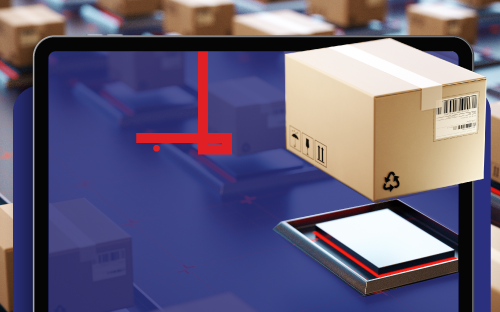All you need to know about the warehouse management system
A WMS is a software program that aids daily operations. WMS software guides inventory receiving and storage, packing and shipping, and replenishment. Resource Planning (ERP) systems include warehouse management systems and stand-alone applications.
Purpose
When warehouse management methods were first developed, they could only perform essential services, such as the location of products in storage. A wide range of WMS capabilities is now available, from the simplest pick-pack-ship operations to sophisticated programmes that coordinate complex interactions with material-handling equipment and yard management.
When a product is sent, warehouse management helps reduce the risk of errors. The technology can also assist a corporation in fulfilling orders more quickly and instantly tracing purchased products in the warehouse.
The ultimate goal of warehousing management system software is a paperless atmosphere that directs your workers automatically on the best selecting, storing, and shipping practices.
Software for Organising Warehouses
WMS software guides inventory receiving and storage, packing and shipping, and replenishment.
For example, essential pick, pack or ship functions can be implemented in a warehouse inventory tracking programme that handles complex interactions with content devices and yard administration.
Storage Facility Management System Types
Systems for managing warehouses come in many shapes and sizes, each with advantages and disadvantages. The popular varieties:
- Cloud-Based Standalone ERP Modules and Warehouse Management System ERP Modules
- On-premises stand-alone warehouse management uses the company’s existing hardware and network to operate.
- Third-party, stand-alone WMS systems must be connected only with the rest of the company management software to function correctly (such as ERP). It’s not uncommon to encounter problems when integrating external systems, such as redundant data entry, information silos and interface concerns, and customised costs.
These systems are frequently the most cost-effective in the long run, but they do not provide the advantages of a more comprehensive WMS.
A WMS That Is Managed Over the Internet
A SaaS (software as a service) model leveraging enterprise cloud technologies is used to implement a cloud wms.
There are advantages in flexibility, scalability, disaster recovery, and security with cloud-based WMS software. As a result, cloud computing allows users to obtain automatic software upgrades without significant capital costs.
In the ERP world, modules.
An integrated WMS is available from some ERP providers, such as IQMS. EDI, bookkeeping, sales orders, MRP, and shipping management are all included in this solution, which eliminates the need for separate non-real-time interfaces.
The Advantages of a WMS/ERP Integration
Among the advantages of a robust warehouse management system are:
- When you use a native WMS platform, you can track everything across your entire company with complete accuracy, hold employees accountable for their actions, and react in real-time.
- You can transition from paper and pen to a digital WMS system that removes the re-keying of information and the inevitable human entry error that accompanies it through scan guns and barcodes.
There is a slew of other distinctions between ERP hosting models that should be weighed carefully before deciding on the optimal deployment strategy for your company.
- A shorter time to complete tasks
- Accurate counting of inventory
- Customers’ satisfaction has been boosted.
- Better use of available area
- A boost in warehouse efficiency
- Labour costs are reduced.
Which WMS Should You Use?
Having the freedom to choose from various solutions will help your firm achieve its growth and commercial goals. Consider the following factors as part of your comparison:
- Before anything else, make sure your software is working correctly.
- Contract for the purchase of goods
- Incorporation and education
- Redundancy and backup
- Customisation
- Your IT philosophy and the size of your own internal IT infrastructure
- Controlling the installation of new software
- Ownership of and access to data
- The cost of ownership
Conclusion
It’s time to assess your warehouse’s demands now that you know about the various possibilities for warehouse management systems. First, determine how often each of your items is received and sent. There is a big difference between a warehouse that ships just a few times each week and a manufacturer that ships every four minutes. What do you expect from your warehouse each day? As a final consideration when choosing a WMS software, don’t forget to consider future expansion.

